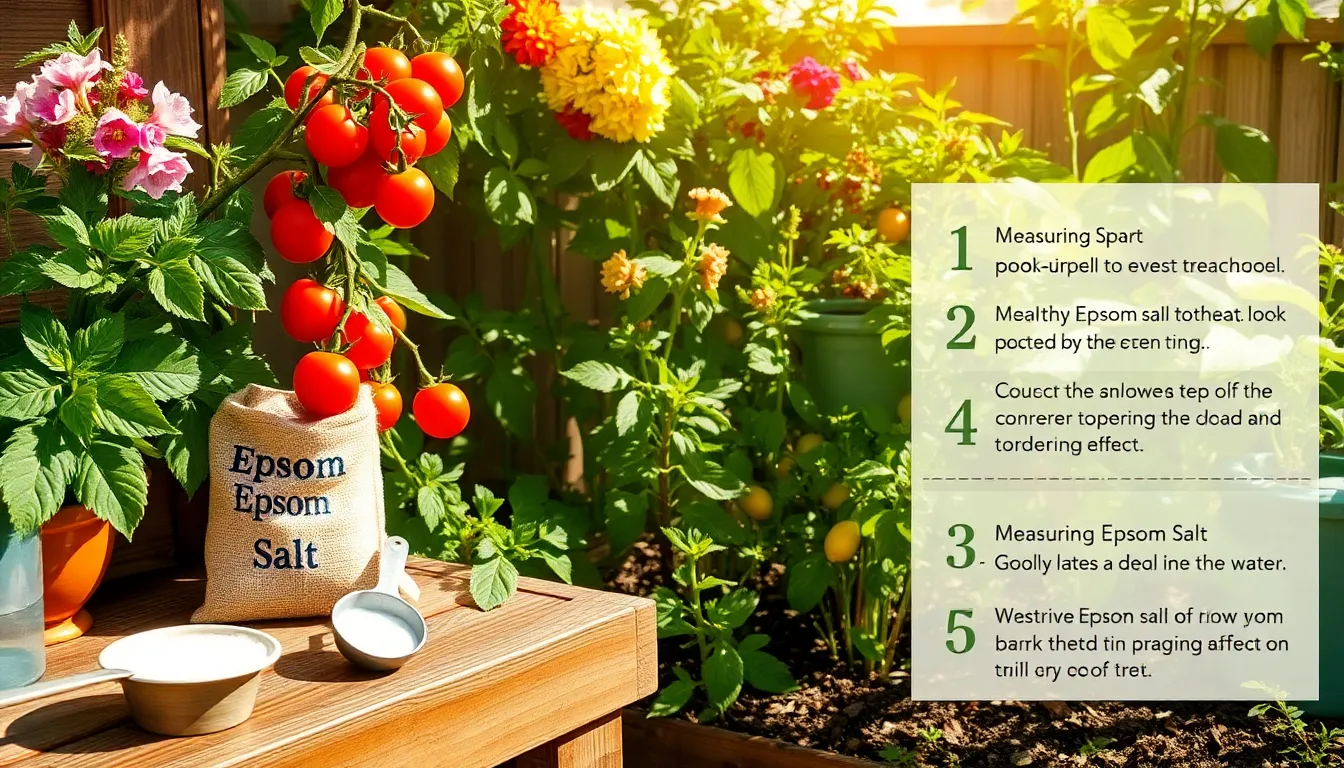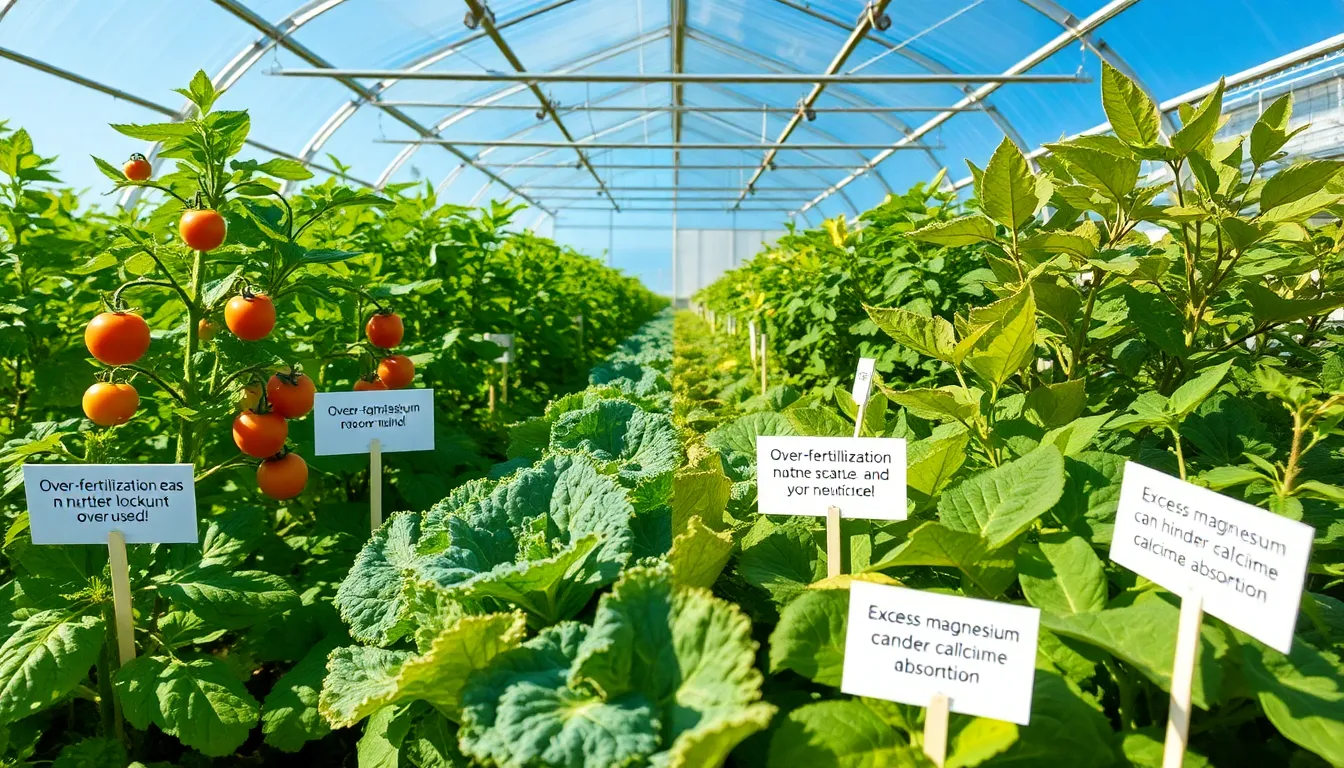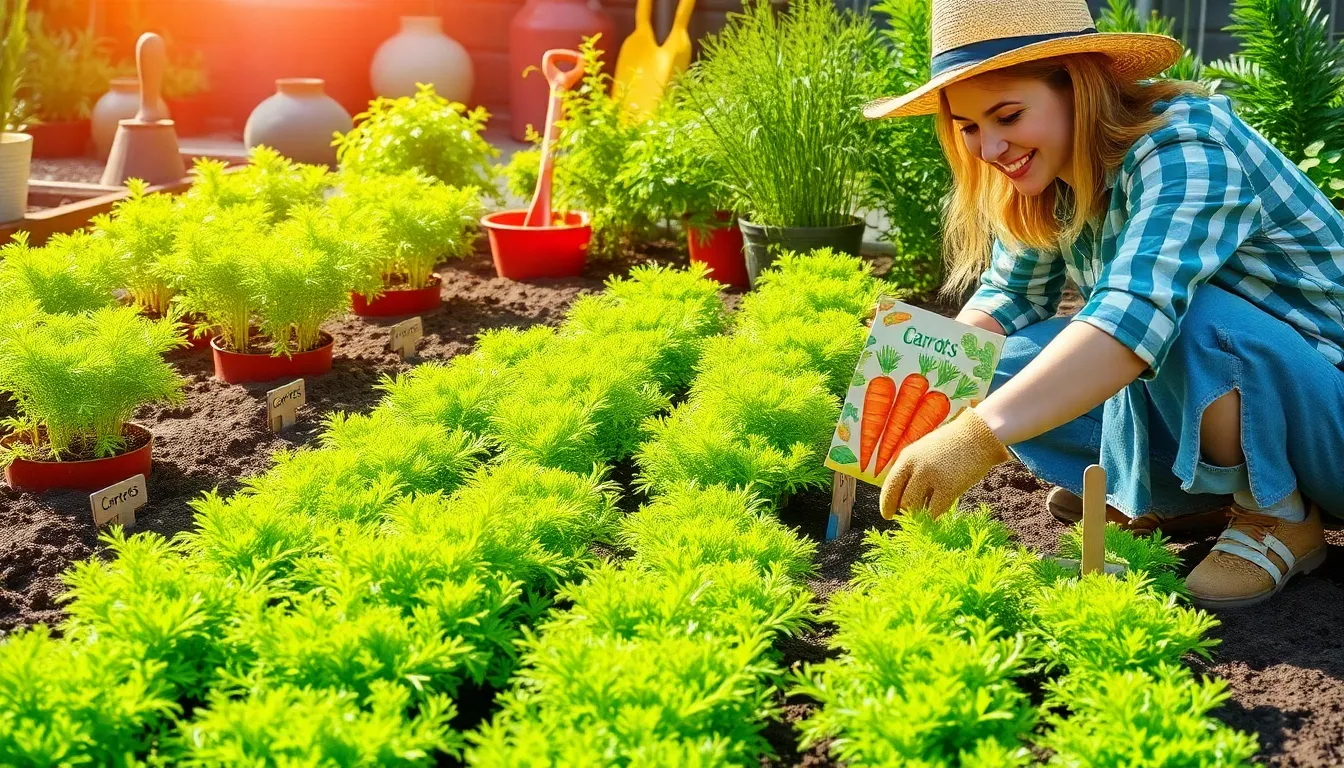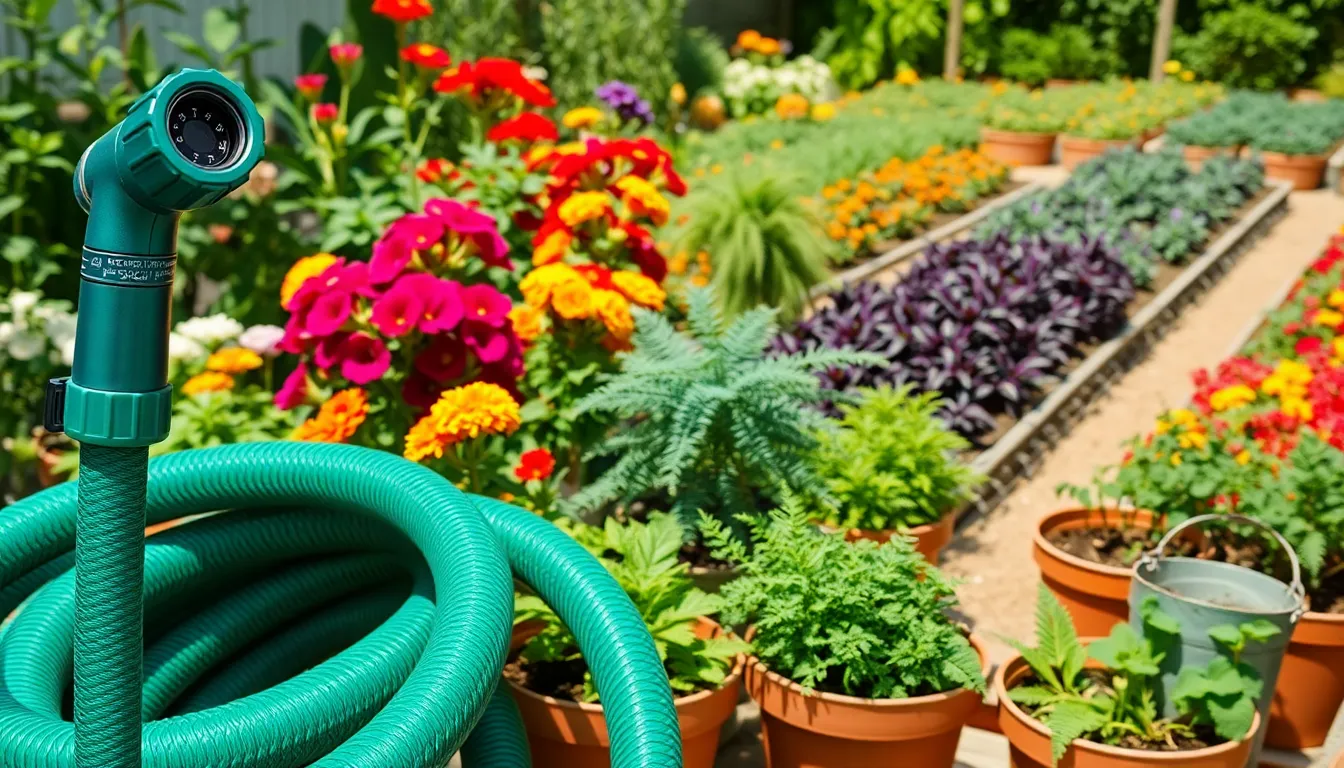Gardening is a journey of growth not just for our plants, but for us as caretakers of the earth. Whether you’re a novice just dipping your toes into the world of soil and seeds or a seasoned gardener with years of experience, there’s always something new to learn. Today, we’re diving into an often-overlooked secret that can elevate your gardening game: Epsom salt. Known for its natural richness in magnesium and sulfate, Epsom salt can be a game-changer in your garden when used correctly.
Imagine lush tomatoes, vibrant roses, and robust peppers all flourishing thanks to a sprinkle of this humble household item. In this article, we’ll unravel the science behind Epsom salt’s magic and guide you through practical steps to incorporate it into your gardening routine. You’ll learn how to identify which plants will benefit most, how to apply it safely, and how to troubleshoot common issues. By the end, you’ll be equipped with actionable tips to help your garden not just grow, but thrive.
Determine Epsom Salt Application Needs
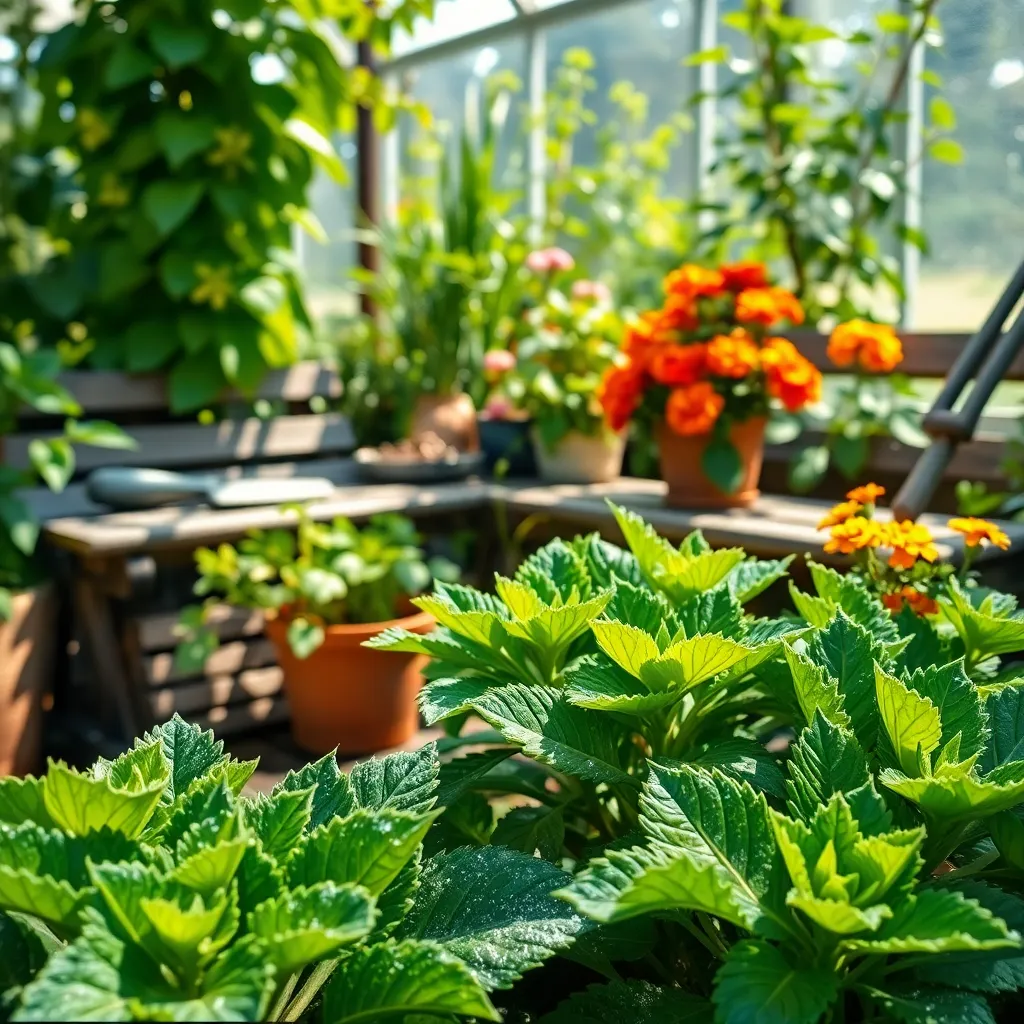
Understanding whether your garden needs Epsom salt begins with a soil test. This vital first step helps determine if your soil is deficient in magnesium, one of the primary components of Epsom salt.
Next, observe your plants for specific signs of magnesium deficiency, such as yellowing leaves between the veins, notably in tomatoes, peppers, and roses. If these symptoms are present, your plants might benefit from a careful application of Epsom salt.
When applying Epsom salt, it’s important to tailor the dosage to the type of plant and its growing conditions. For most garden plants, a solution of one tablespoon of Epsom salt per gallon of water applied as a foliar spray once a month can be very effective.
For gardeners seeking more precise application, consider mixing Epsom salt into the soil prior to planting. Use about one tablespoon per square foot of soil and water thoroughly to help it dissolve and integrate into the soil structure.
Measure the Correct Epsom Salt Amount

When using Epsom salt in gardening, it’s crucial to measure the correct amount to ensure plant health. Typically, the general recommendation is to use one tablespoon of Epsom salt per gallon of water for most plants. This concentration provides an optimal balance, supplying magnesium and sulfur without overwhelming the plant’s root system.
For seedlings and young plants, a more diluted solution is often beneficial. Use about one teaspoon per gallon of water to avoid potential stress on tender roots. This gentler mix helps promote healthy growth without risking nutrient burn.
Advanced gardeners may find success by tailoring the amount of Epsom salt to specific plant needs. For instance, tomatoes and peppers can benefit from a slightly higher concentration of two tablespoons per gallon as they thrive on additional magnesium. Adjusting your approach based on plant species and growth stage can significantly enhance results.
Always remember to apply Epsom salt solutions either in the early morning or late afternoon to prevent evaporation and sun scorch. Water the soil directly around the base of the plants rather than the foliage to minimize the risk of leaf damage. For best results, integrate Epsom salt feeding into your regular watering routine every four to six weeks, ensuring consistent nutrient availability for your garden.
Mix Epsom Salt with Water
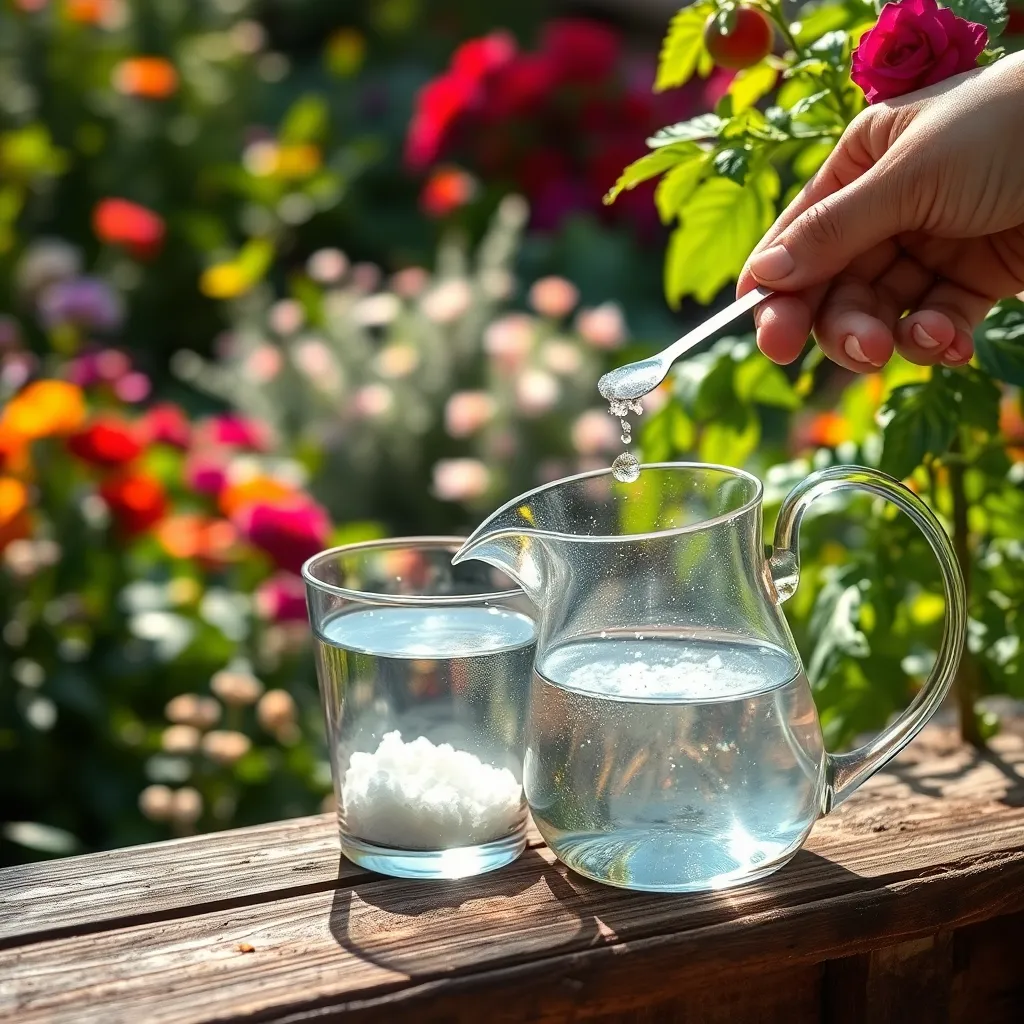
Once you’ve measured the correct amount of Epsom salt, it’s time to mix it with water. Use lukewarm water to help the Epsom salt dissolve more effectively, ensuring an even distribution of nutrients.
In a standard garden sprayer or watering can, add the measured Epsom salt to a gallon of water. Stir or shake the container until the salt is fully dissolved, creating a nutrient-rich solution for your plants.
For most plants, applying this solution every four to six weeks can lead to improved growth and flowering. However, vegetables like tomatoes and peppers may benefit from a more frequent application—consider a bi-weekly schedule during their growing season.
Always test a small area first to ensure your plants respond well to the solution. If you’re working with sensitive plants, start with half the recommended amount of Epsom salt to avoid nutrient burn.
Apply Solution to Soil or Leaves
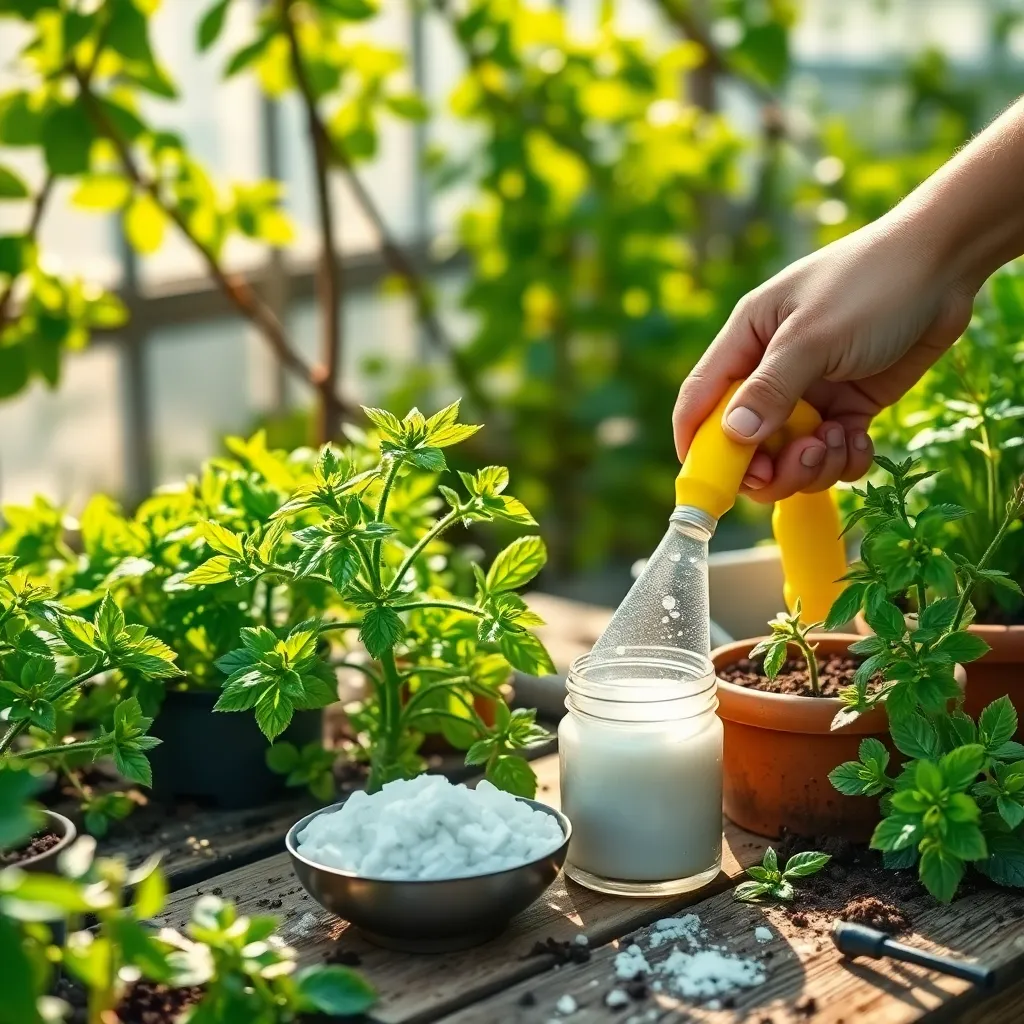
Once you’ve mixed the Epsom salt with water, you can choose to apply it either to the soil or directly onto the leaves. Applying to the soil is particularly effective for plants that require magnesium supplementation at the root level, such as tomatoes and peppers.
To apply the solution to the soil, gently pour it around the base of the plant, ensuring uniform coverage. Avoid over-saturating the soil, as this can lead to waterlogging and root issues, especially in clay-heavy soils.
Foliar feeding, or applying the solution to the leaves, can offer quick absorption for plants showing signs of magnesium deficiency, like yellowing leaves. Use a spray bottle to mist the leaves lightly, ensuring the solution covers both the top and underside of the foliage for best results.
It’s important to apply foliar sprays in the early morning or late afternoon. This timing prevents evaporation and sunburn that can occur if the solution is applied during the heat of the day.
For advanced gardeners, consider conducting a soil test to determine magnesium levels before application. This ensures you’re not over-applying Epsom salt, which could lead to an imbalance in soil nutrients over time.
Monitor Plant Response and Adjust
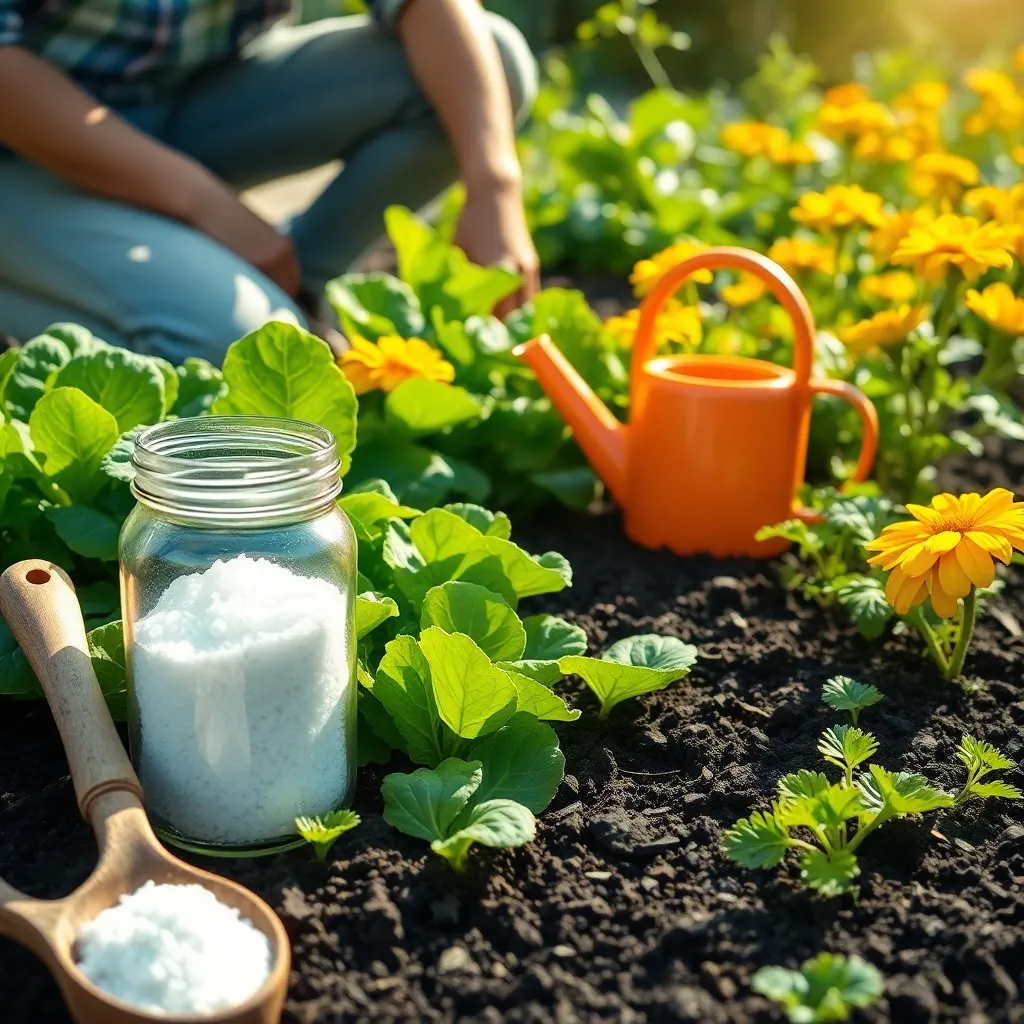
After applying Epsom salt to your plants, it’s essential to observe their response closely. Look for changes in leaf color, growth rate, and overall plant vigor, as these indicators can reveal how well your plants are adapting to the treatment.
Begin by inspecting the leaves for any signs of improvement or distress. A positive response might include greener leaves and more robust growth, while negative reactions could involve yellowing or wilting.
Consider the soil type and drainage when evaluating plant response to Epsom salt. Plants in sandy soils may show quicker results, while those in clay-heavy soils might require more time to exhibit changes due to slower nutrient absorption.
Adjust your Epsom salt application based on the plant’s feedback. If you notice positive changes, you can continue with regular applications, but if adverse effects occur, it might be wise to reduce the frequency or concentration of the treatment.
- For beginners: Start with a small amount and gradually increase as you gain confidence in observing your plants’ reactions.
- For advanced gardeners: Consider integrating Epsom salt with other fertilizers to balance nutrient uptake more effectively.
Keep a gardening journal to track the effects of Epsom salt over time. Recording your observations will help you refine your approach and develop a personalized care routine that benefits your plants in the long run.
Conclusion: Growing Success with These Plants
In exploring the use of Epsom salt in gardening, we unearthed five key relationship concepts that can enrich not just your garden, but your interpersonal connections too. First, understanding the needs of your plants parallels knowing your partner’s needs. Second, nurturing through consistent care reflects the importance of regular attention in relationships. Third, recognizing and addressing deficiencies early can prevent long-term issues, just as in communication. Fourth, knowing when to give space and when to engage mirrors the delicate balance of personal boundaries. Lastly, the patience and persistence in gardening remind us that relationships also require time and dedication to flourish.
To put this newfound wisdom into action, commit to identifying one area in your relationship that could benefit from a little extra care and attention this week. Bookmark this article for future reference, as it can serve as a guide in nurturing both your plants and personal connections.
Remember, just as a garden thrives under mindful care, so too will your relationships. With every step you take in nurturing them, you’re planting the seeds for a future of growth and enduring success. Save this article to revisit these insights and ensure your relationships continue to bloom beautifully.

